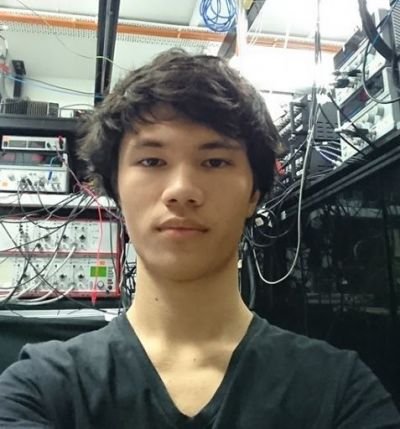Spin Mixtures in Toroidal Traps
Using magnetic traps, BECs are only prepared in particular magnetic internal states for which the Zeeman interaction produces a trapping geometry. Optical traps, which are insenstive to the magnetic internal state, allows to trap BECs in any internal state, allowing the spin of the atoms to be essentially a free parameter. Multi-component condensates can be created in optical traps, where all magnetic sublevels of an internal state are populated. For our system, which starts in the F=1, mF=-1 state state, a spinor condensate would be populated in the F=1, mF=-1,0,+1.
These spin mixtures are trapped in a ring trap and then exposed to time-averaged potentials. This occurs when driving a system with a frequency much higher than its resonance frequency and is much like looking at the spooks on a very rapidly spinning bicycle wheel. The individual spooks can at some speed no longer be seen an instead one observed a time-averaged position of the spooks on the wheel. This technique is used to create two-dimensional light potentials for our atoms by using a very fast (>5 KHz) light deflector (2D-AOM) to move a laser beam (1064 nm) around to "paint" a variety of traps for the atoms.
On this experimental apparatus, we investigated:
- Creation of homogenous potential for interferometry through feedback. Using a feedback technique, which uses the distribution of atoms as a probe, we can compensate for intensity variations, and make ultra-smooth homogeneous potentials, by feeding back on the intensity of the time-averaged potential.
- Understanding of the effects of time-averaging on condensate phase and potential Quantum interferometry rotation sensing scheme. Time-averaging requires that the system react slower than the rate at which the driving is applied and this is true for the density distribution which is slow compared to our scanning speed. The same cannot be said for the phase (a.k.a. velocity) of the atoms which reacts instantaneously to the potential leading to undesirable effects in time-averaged traps which would be non-existent in static traps.
- Superfluid dynamics in ring potentials.
- Sound wave (phonon) excitations in time-averaged potentials.
- Waveguides for BEC interferometry
- Superfluid convection and heat transport in coupled reservoirs.




